All Topics / SRE Tooling
SRE Tooling
Tools & practices leveraged by SRE professionals.
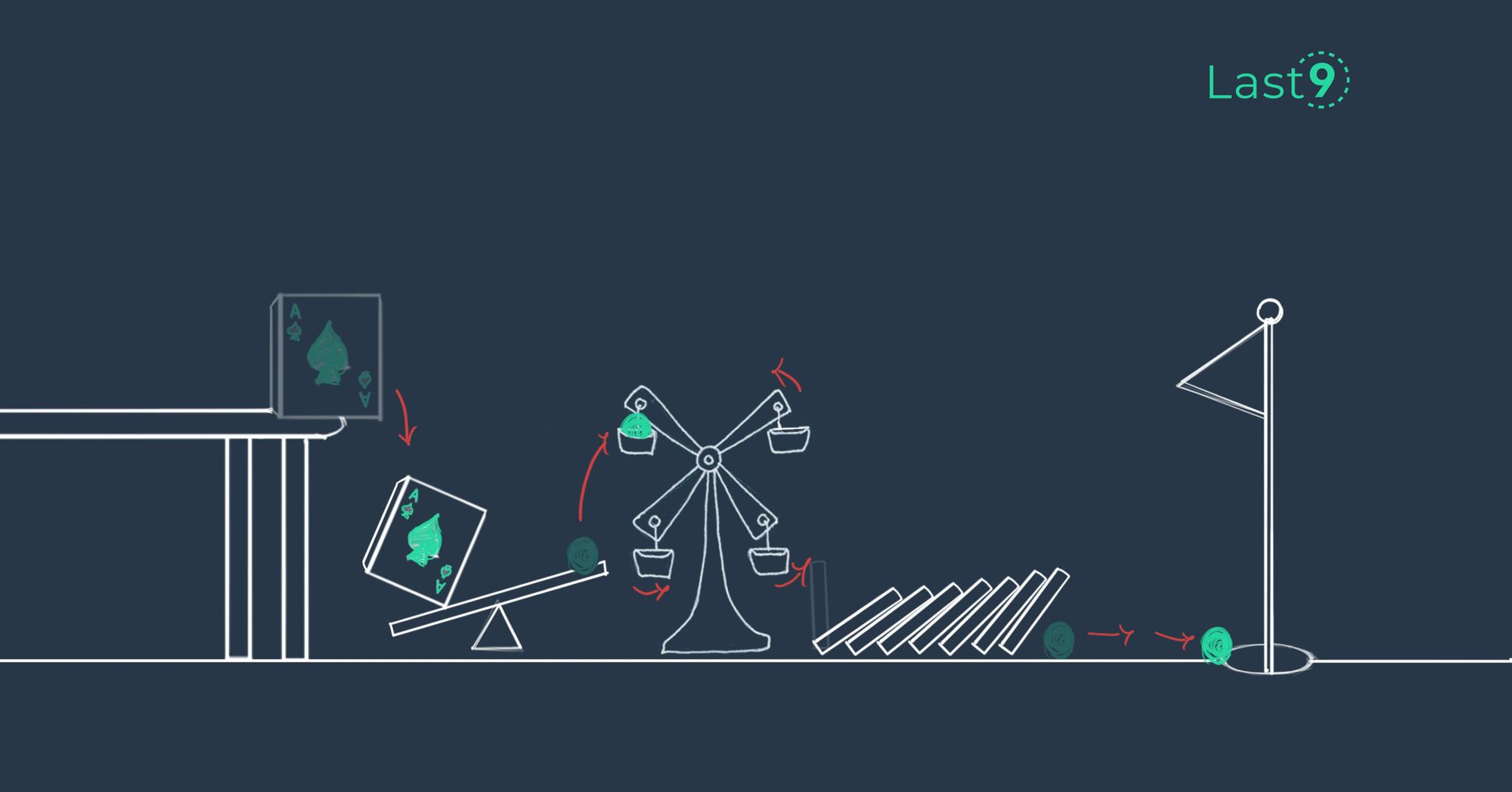
Rethinking Anomaly Detection: Focus on business outcomes
From the trenches at Games24x7 — Sanjay, on how Reliability engineering should drive core business metrics
Sanjay Singh

Prometheus Alternatives
What are the alternatives to Prometheus? A guide to comparing different Prometheus Alternatives.
Last9
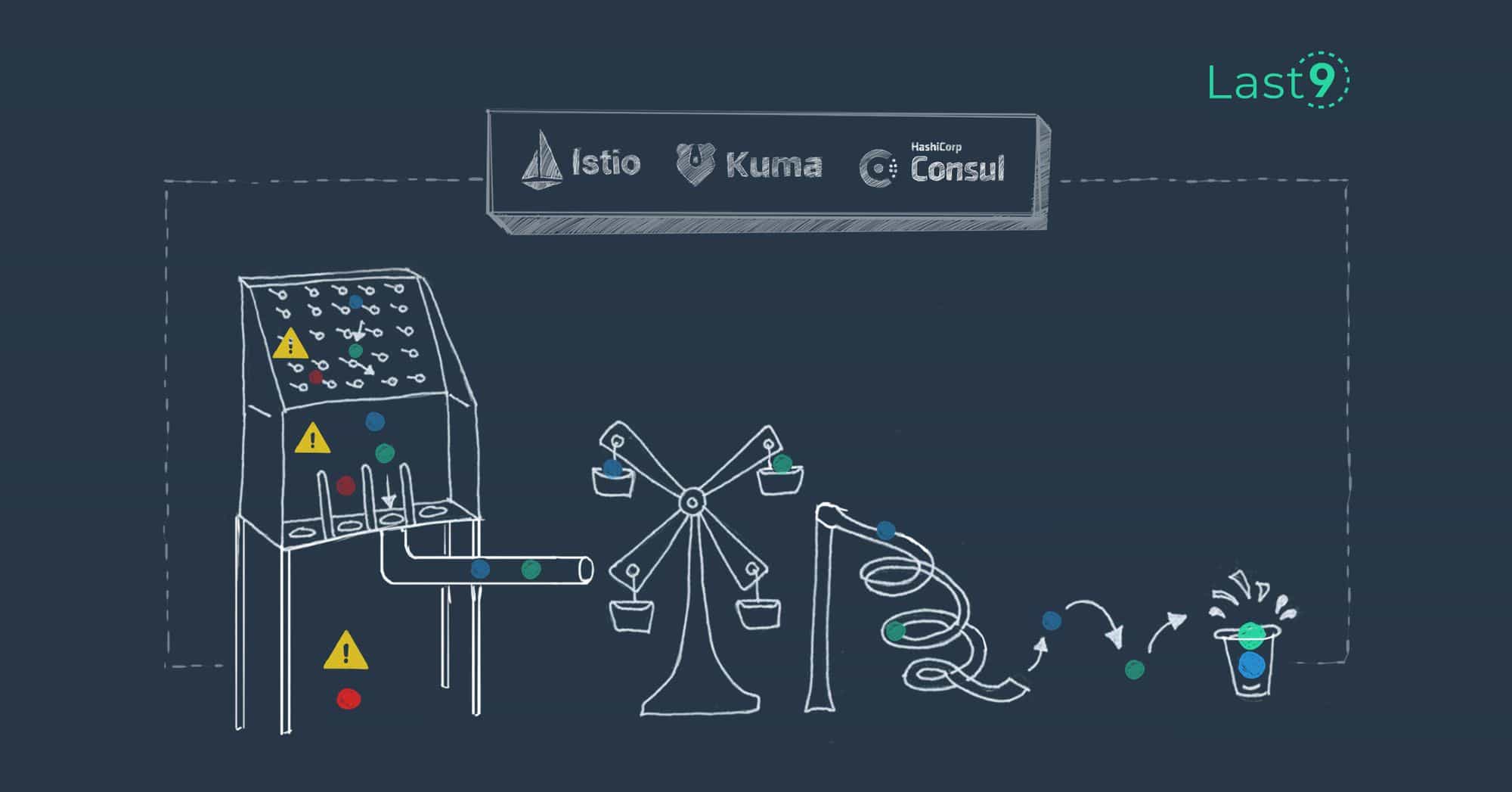
Comparing Popular Service Mesh Offerings
An in-depth look at several service mesh offerings and comparison based on their features, licensing and pricing, architecture, and user experience.
Last9

Introducing Levitate: ‘uplifting’ your metrics woes because self-management sucks like gravity
Managing your own time series database is painful. We’ve moved from servers to services, and yet, monitoring metrics data is primitive. Our managed time series database powers mission-critical workloads for monitoring, at a fraction of the cost.
Nishant Modak
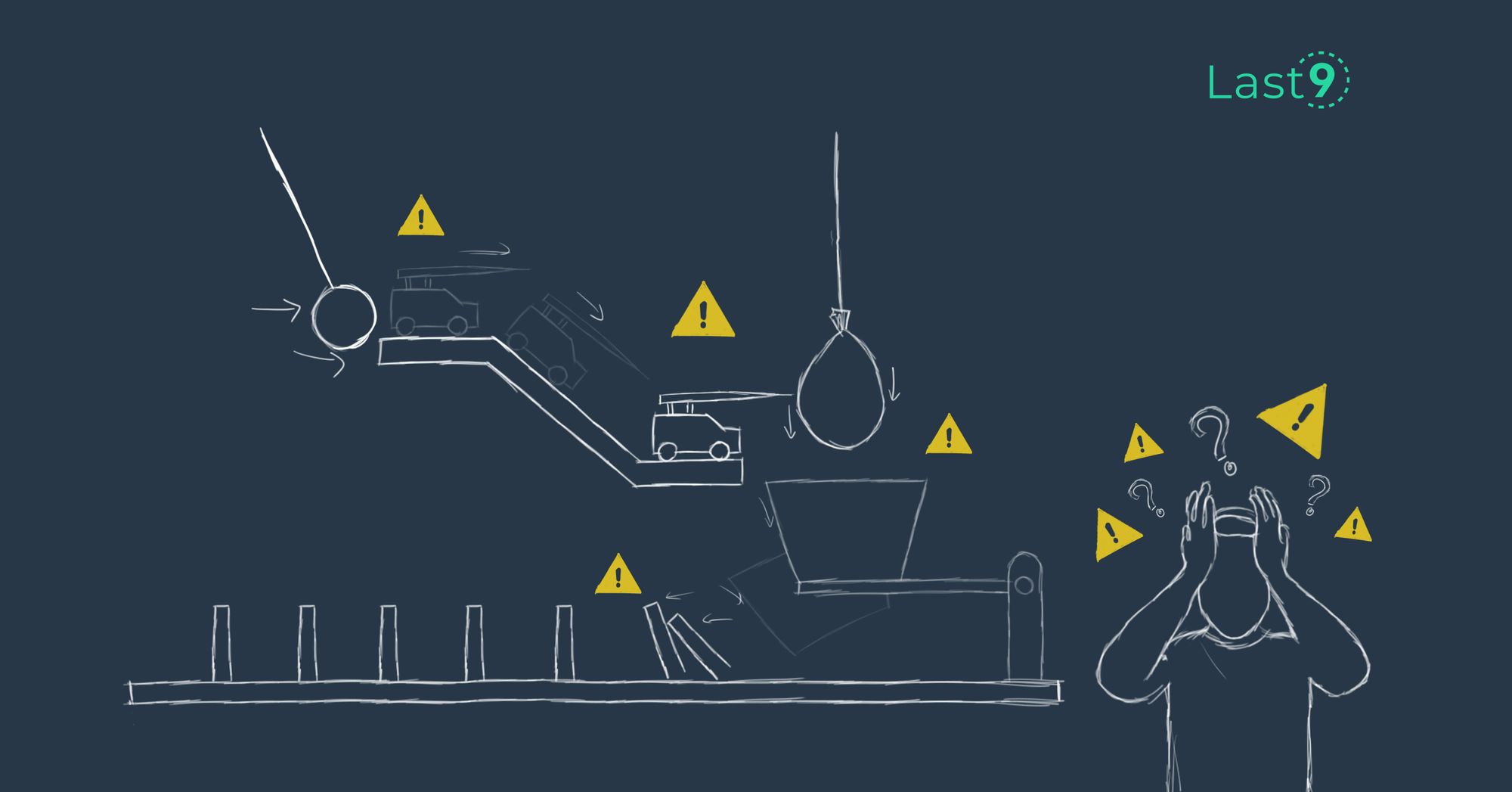
Battling Alert Fatigue
What is Alert Fatigue and techniques to reduce it
Last9
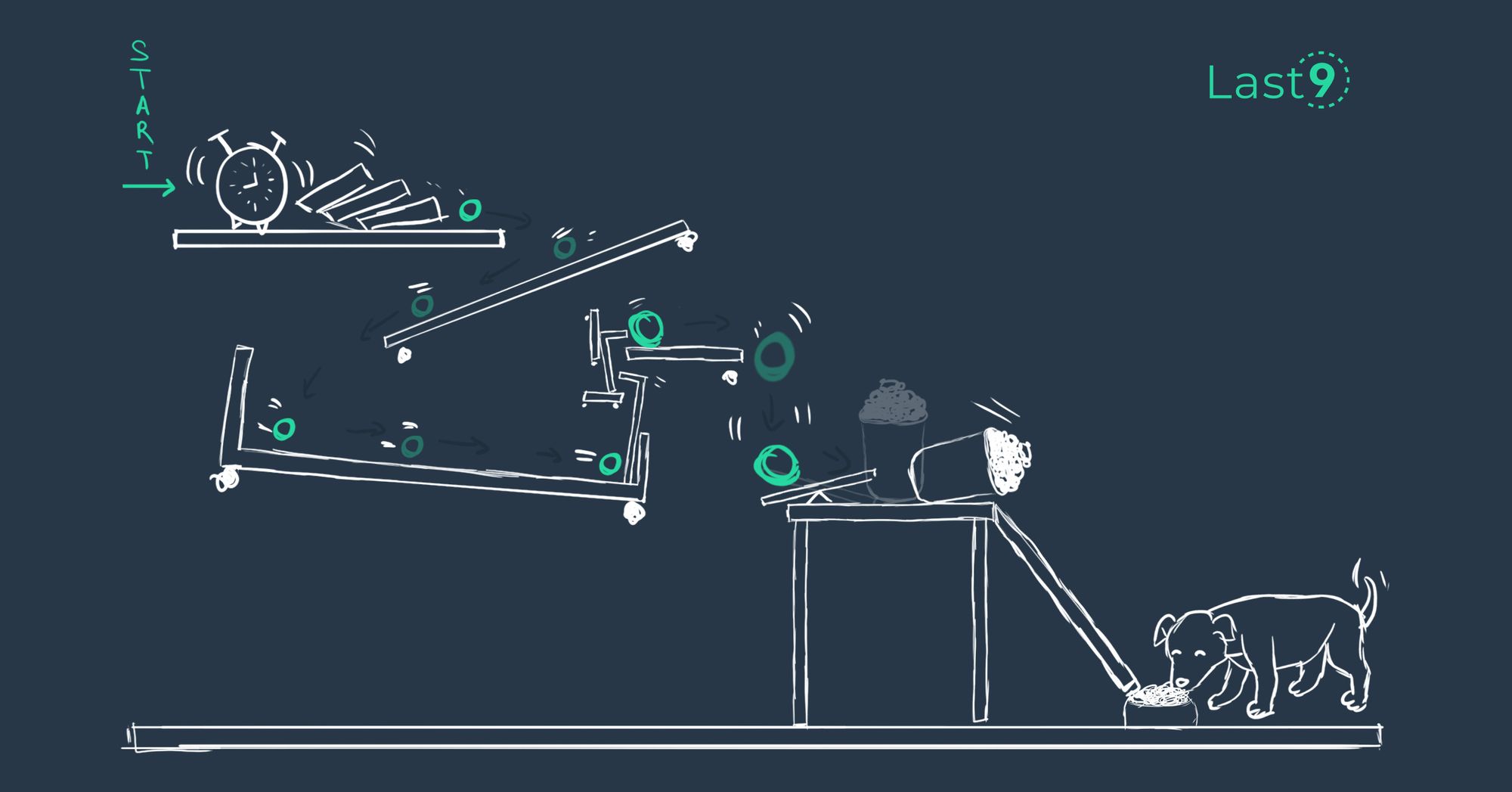
Guide to Service Level Indicators and Setting Service Level Objectives
A guide to set practical Service Level Objectives (SLOs) & Service Level Indicators (SLIs) for your Site Reliability Engineering practices.
Last9

Sample vs Metrics vs Cardinality
When dealing with Time Series databases, I always got confused with Sample vs Metrics vs Cardinality. Here’s an explanation as I have understood it.
Piyush Verma
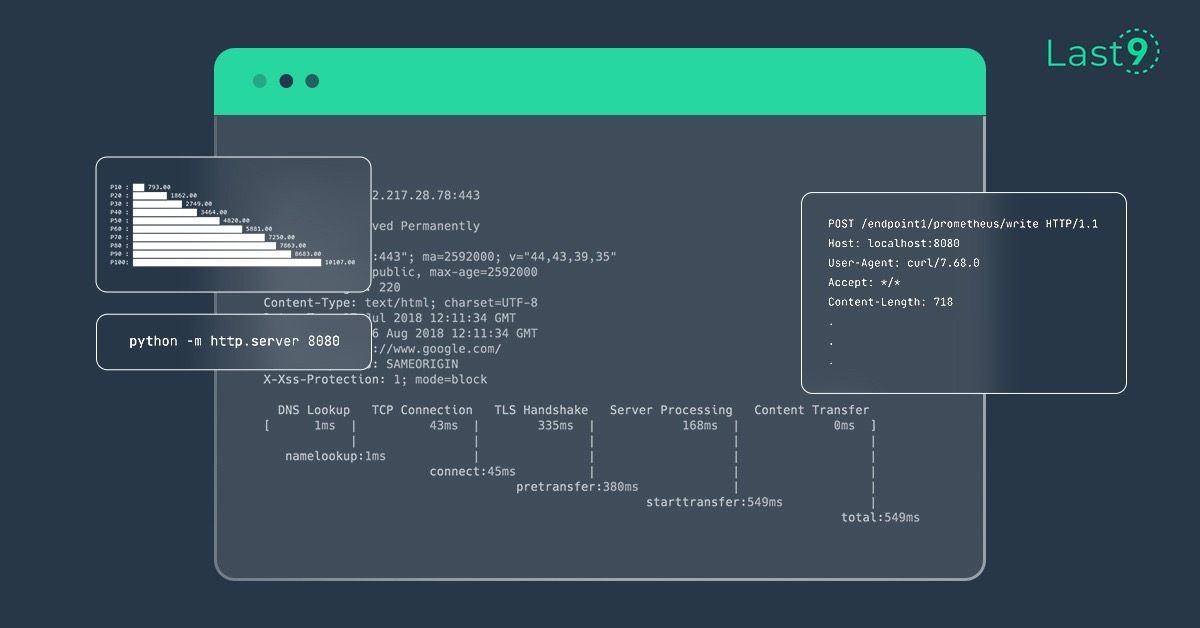
How to calculate HTTP content-length metrics on cli
A simple guide to crunch numbers for understanding overall HTTP content length metrics.
Saurabh Hirani

Comparing Popular Time Series Databases
A comparison of all the popular time series databases. Prometheus, Influx, M3Db, Levitate.
Abhi Puranam
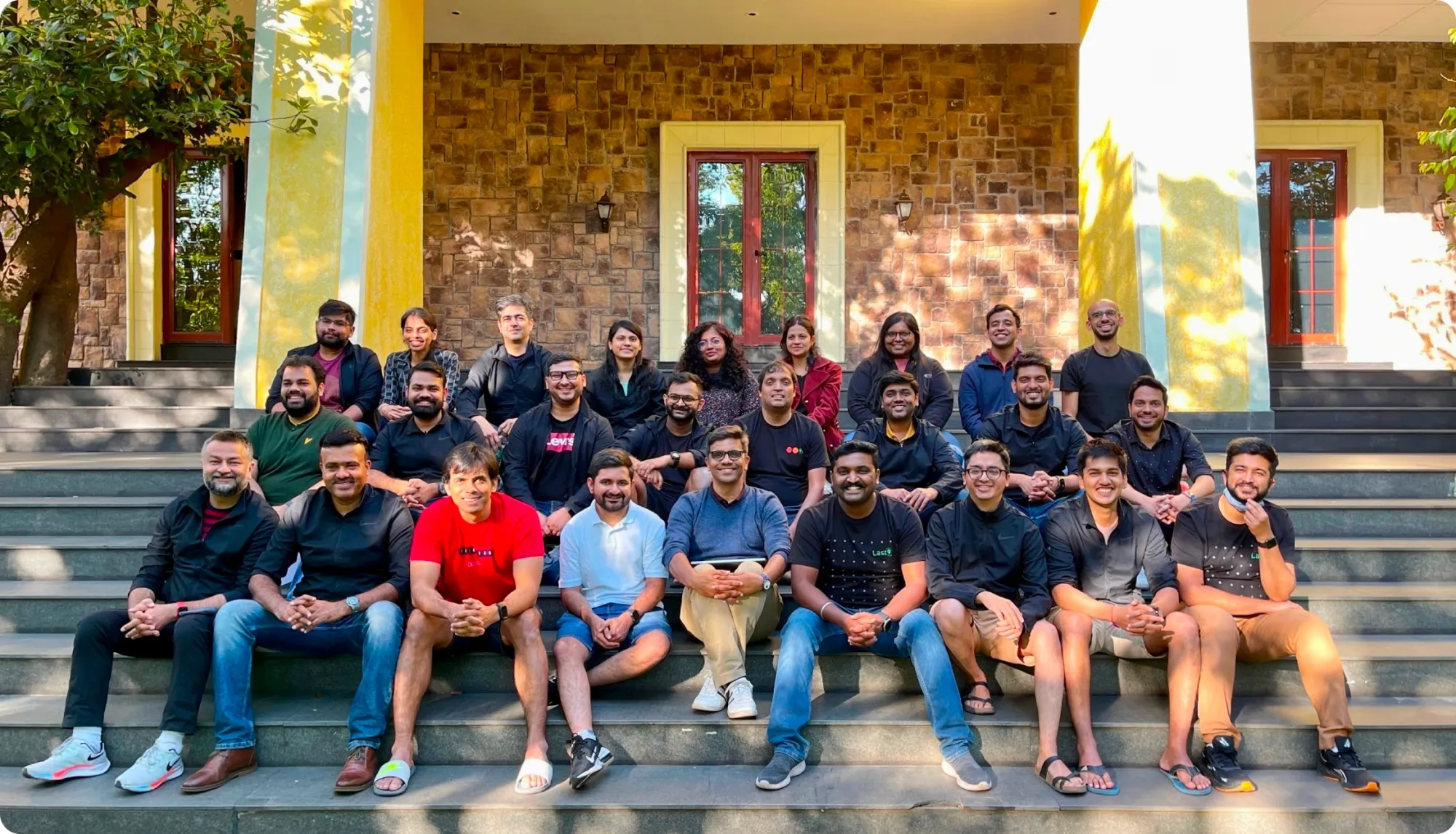
We’ve raised a $11M Series A led by Sequoia Capital India!
Change is the only constant in a cloud environment. The number of microservices is constantly growing, and each is being deployed several times a day or week, all hosted on ephemeral servers. A typical customer request depends on at least three internal and one external service. It’s a densely connected web of systems. Any change in such a connected system usually introduces a ripple. It’s tough to understand these impacts. Alert fatigue, tribal knowledge of failures, and manual correlation acro
Nishant Modak

How to Improve On-Call Experience!
Better practices and tools for management of on-call practices
Prathamesh Sonpatki

Best Practices for Postmortems: A guide
The ins and outs of conducting an effective postmortem. Ready templates and examples from leading organizations around the world!
Prathamesh Sonpatki

Choosing Effective SLIs
Practical advice to choose an effective SLI.
Akshay Chugh

The origin of Service Level Objectives
An obscure term - Service Level Objectives - rules the Software industry. But where does it come from? Strap on your seat belts, this is going to be a bumpy one (pun intended :p)
Akshay Chugh, Piyush Verma

Latency SLO
How do you set Latency based alerts? The most common measurement is a percentile-based expression like: 95% of the requests must complete within 350ms. But is it as simple?
Piyush Verma
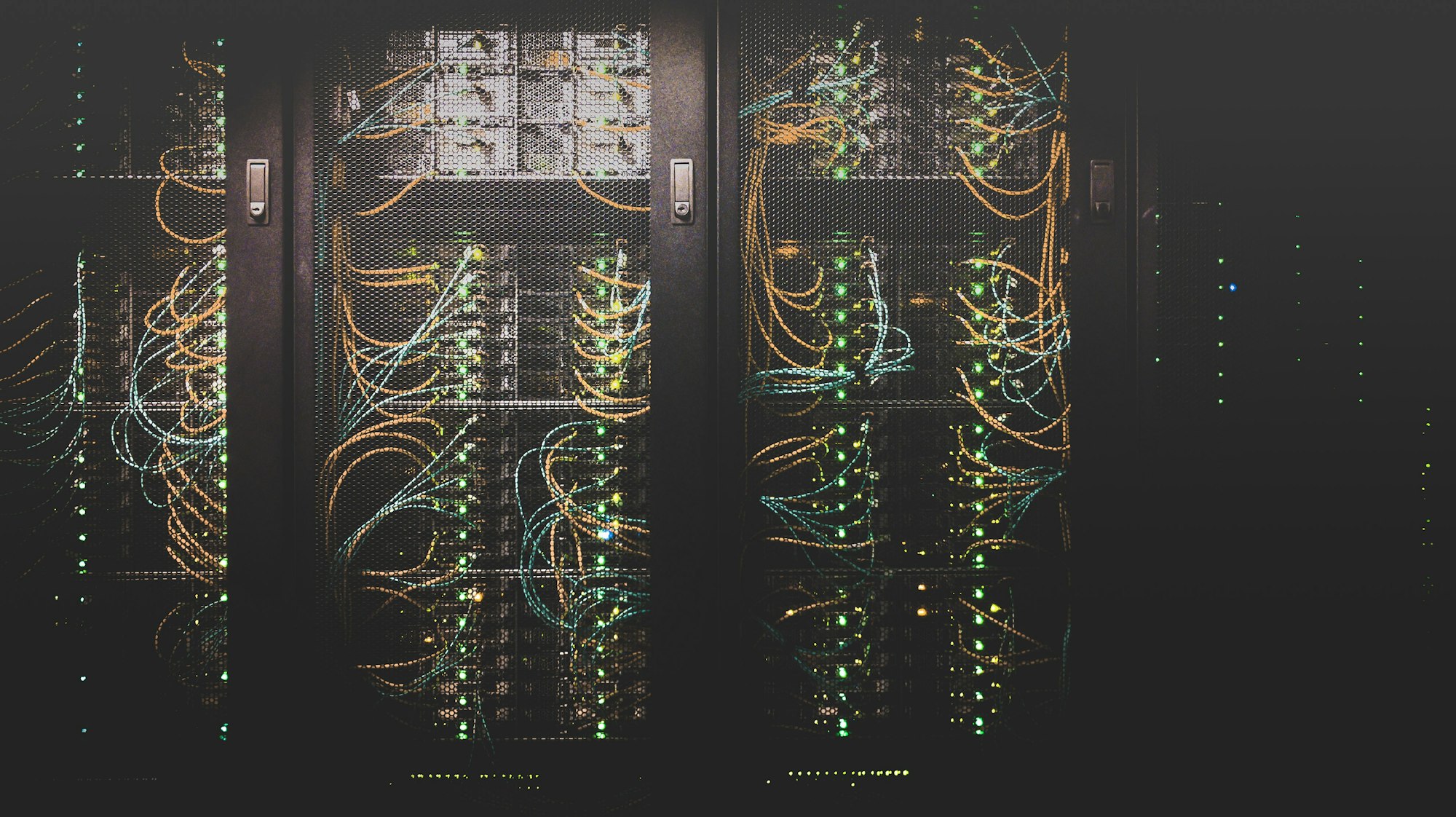
Services; not Server
Gone are the days of yore when we named are our servers Etsy, Betsy, and Momo, fed them fish, and cleaned their poop.
Nishant Modak, Piyush Verma

Much That We Have Gotten Wrong About SRE
An illustrated summary of Developers ➡ DevOps ➡ SRE
Piyush Verma

Latency Percentiles are Incorrect P99 of the Times
What are P90, P95, and P99 latency? Why are they incorrect P99 of the times? Latency is for a unit of time and the preferred aggregate is percentile.
Piyush Verma
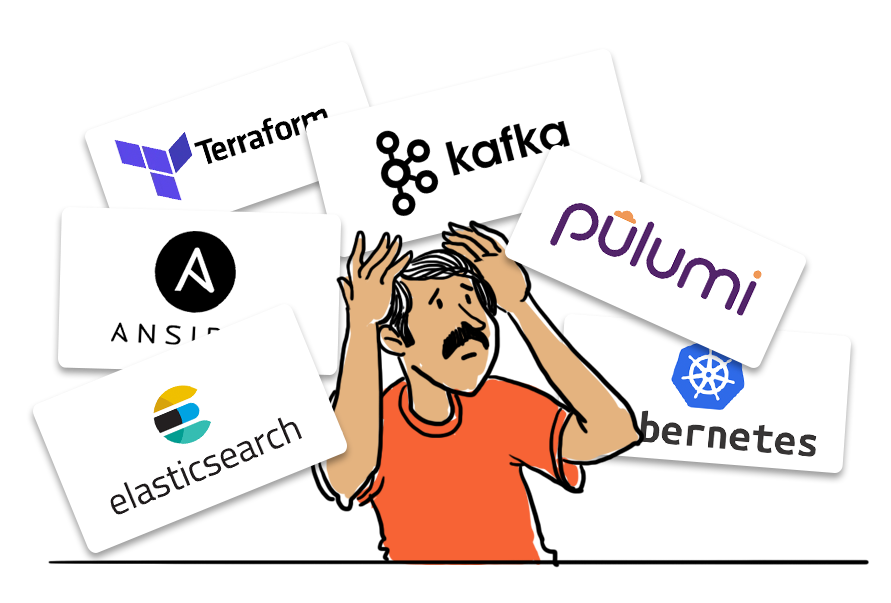
SRE Tooling – the Clever Hans fallacy
Chef or Ansible? Terraform or Pulumi? Python or Ruby? Last9 or Last9? What if we told you that the mindset of building new tools has an age old link to the story of a horse who could do arithmetic?
Piyush Verma